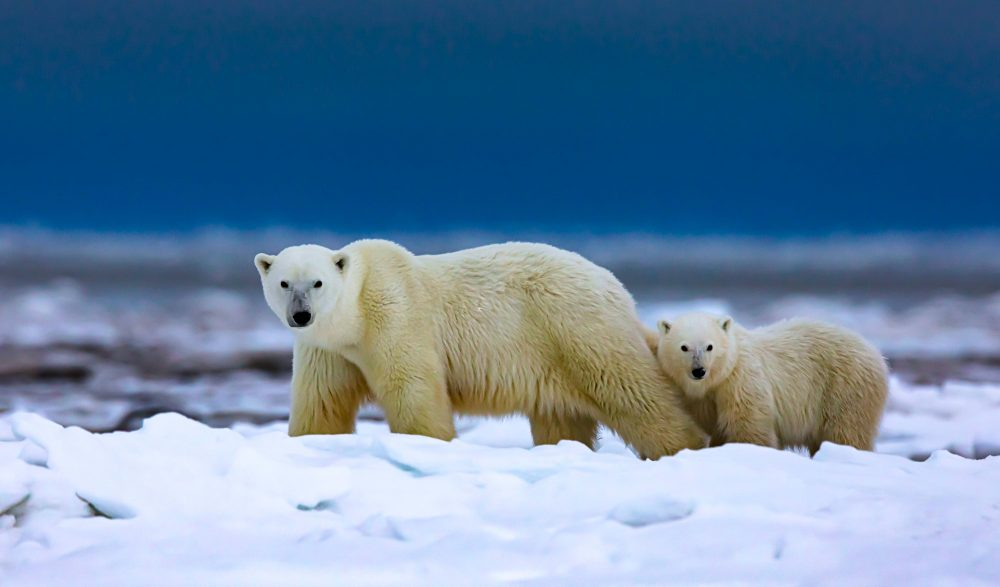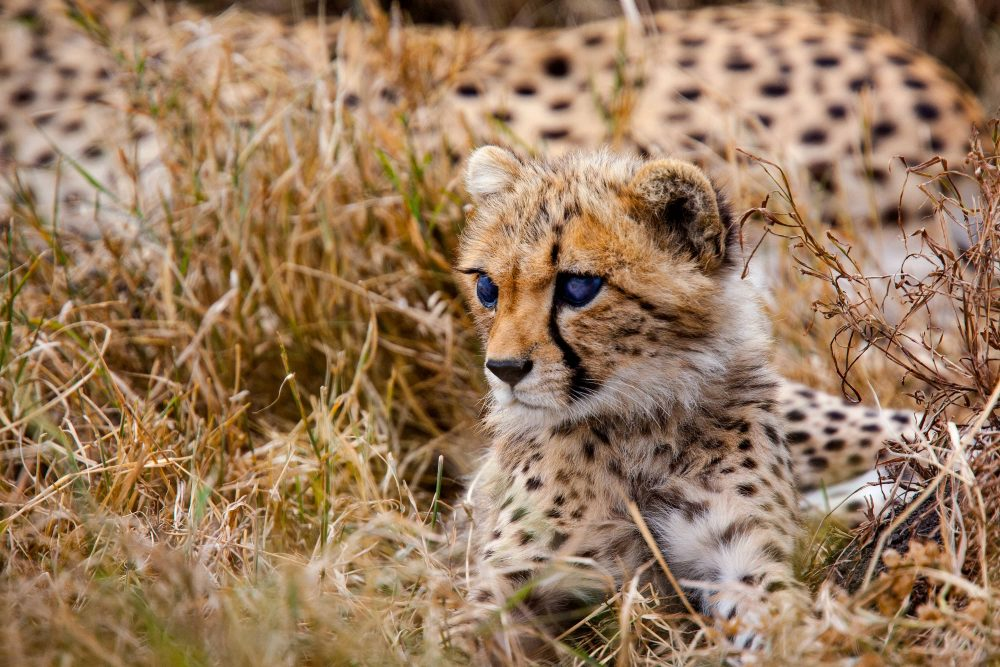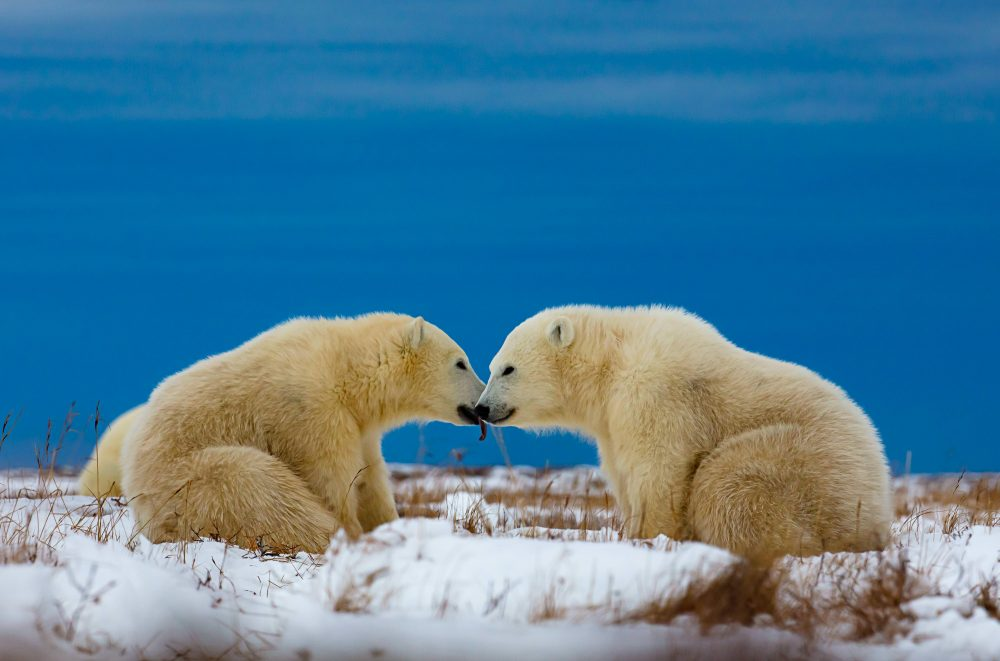Wildlife photography is often seen as a thrilling adventure chasing exotic animals, exploring remote landscapes, and capturing moments that few will ever witness. For Marko Dimitrijevic, however, photography is more than excitement; it is a powerful tool for conservation and environmental awareness. Each frame tells a story, not just of individual species, but of entire ecosystems, their fragility, and the urgent need to protect them.
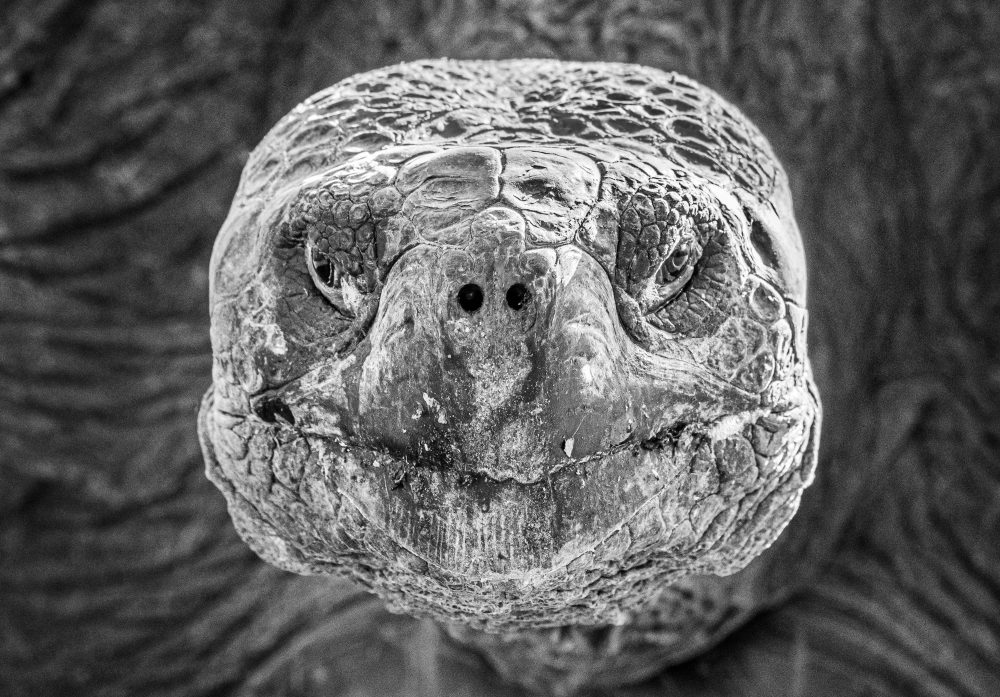
Photography as a Bridge to the Wild
Most people experience wildlife through photographs rather than in person. A striking image of a snow leopard crouched on a Himalayan ridge or a herd of elephants moving across the African savanna can evoke awe, curiosity, and respect.
“Photography allows us to connect with nature without disturbing it,” Marko explains. “It’s a bridge between the wild and the audience, showing the beauty and importance of life beyond our cities and screens.” In this way, images have the power to inspire conservation efforts and promote understanding of species and habitats that may be unknown to many.
Documenting Endangered Species
One of the most compelling aspects of wildlife photography today is its role in documenting threatened species. With climate change, habitat loss, and poaching accelerating, some animals are vanishing faster than scientists can study them.
Marko recalls photographing a critically endangered red panda in the forests of Nepal: “Capturing this animal was not just about a beautiful shot, it was about recording its existence for awareness and advocacy.” By photographing rare or endangered species, photographers create visual evidence that supports conservation initiatives and highlights the urgency of protection.
Raising Awareness Through Storytelling
Adventure photography alone can entertain, but when combined with environmental storytelling, it becomes a tool for change. Marko emphasizes that the best photographs do more than show what an animal looks like; they reveal behavior, habitat, and interactions that are essential for understanding the species’ survival challenges.
“For example, a photo of a polar bear on a shrinking ice floe tells a story of climate change,” he explains. “It communicates what data or reports cannot the emotional weight of an ecosystem in peril.” Images like these educate and motivate people to take action, whether through donations, advocacy, or lifestyle changes that reduce environmental impact.

Ethical Photography and Conservation
Adventure and conservation are inseparable in Marko’s work. Ethical practices of keeping distance, avoiding baiting or manipulation, and respecting habitats ensure that the act of photographing does not harm the very species we aim to protect.
“Every photograph must honor the life it depicts,” he stresses. “We cannot compromise an animal’s welfare for the sake of a picture.” By adhering to these principles, wildlife photographers act as responsible ambassadors, demonstrating that admiration for nature can coexist with its preservation.
Inspiring the Next Generation
Wildlife photography also inspires a new generation of explorers and conservationists. Young photographers, guided by professionals like Marko, learn that adventure is not just about thrill, it’s about understanding, protecting, and valuing the natural world.
“When I mentor aspiring photographers, I tell them that our role extends beyond images,” Marko says. “We are storytellers, educators, and advocates. Each frame we capture has the potential to influence how people perceive and act toward the environment.”
Adventure as Motivation
Adventure fuels conservation work by drawing photographers to the world’s most remote and threatened habitats. Facing harsh climates, long treks, and physical challenges, Marko finds that these experiences deepen his respect for nature and reinforce the importance of protecting it.
“The struggle to reach a remote glacier or dense rainforest is part of the journey,” he explains. “The adventure sharpens awareness, empathy, and patience qualities that are essential for responsible wildlife photography.” The adrenaline and risk are not ends in themselves but means to witness and document life in its rawest, most vulnerable form.
Photography as Advocacy
In today’s world, every image has the potential to influence public perception and policy. Conservation organizations rely on compelling photography to communicate urgent issues, raise funds, and galvanize action. Marko’s images of elephants, snow leopards, and other species have been used in campaigns, exhibitions, and educational programs, demonstrating the reach and impact of photography beyond personal achievement.
“The photographs we create are more than art; they are advocacy,” he reflects. “When people see the wild as I see it, they are more likely to protect it.”
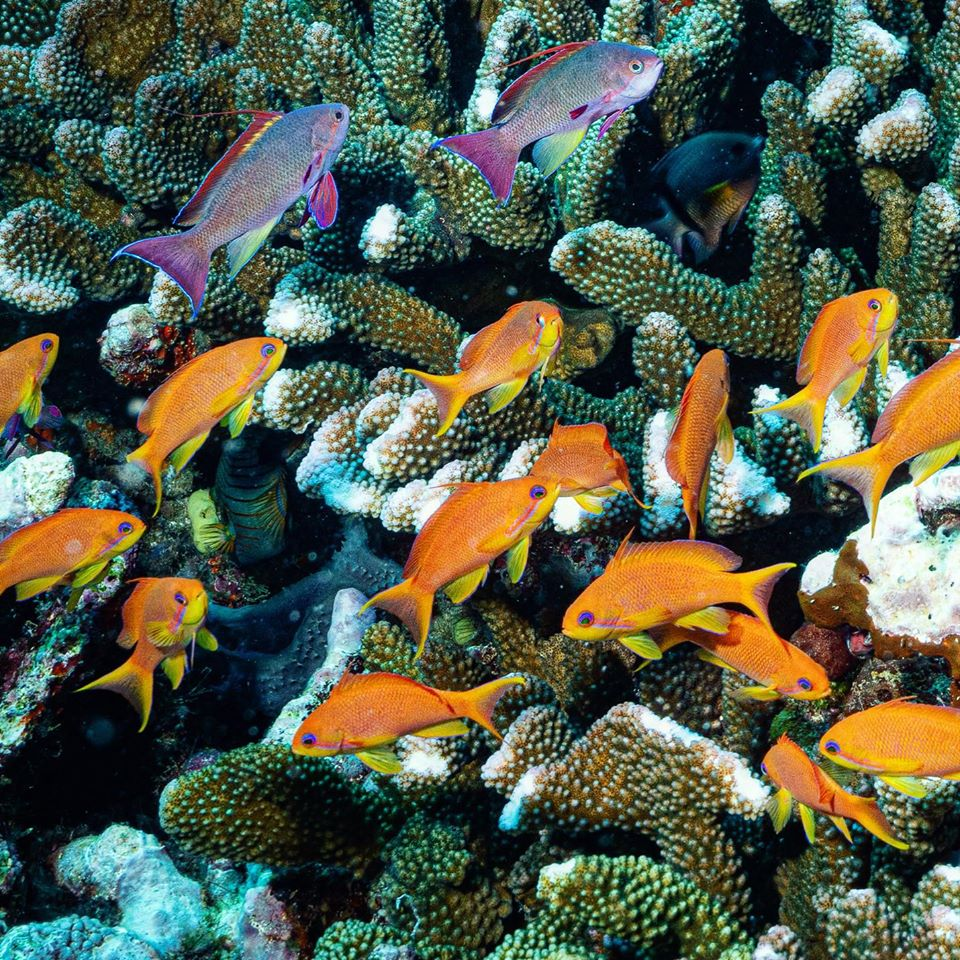
Conclusion
Wildlife photography today is a delicate balance of adventure, artistry, and responsibility. It is about capturing fleeting moments, navigating extreme environments, and telling stories that matter. Marko Dimitrijevic’s work exemplifies how photographers can use their passion to promote awareness, advocate for endangered species, and inspire a deeper connection with nature.
Through patience, ethical practices, and respect for the wild, photography becomes more than a pursuit; it becomes a voice for the voiceless, a bridge to unseen worlds, and a force for conservation that resonates far beyond the frame.
